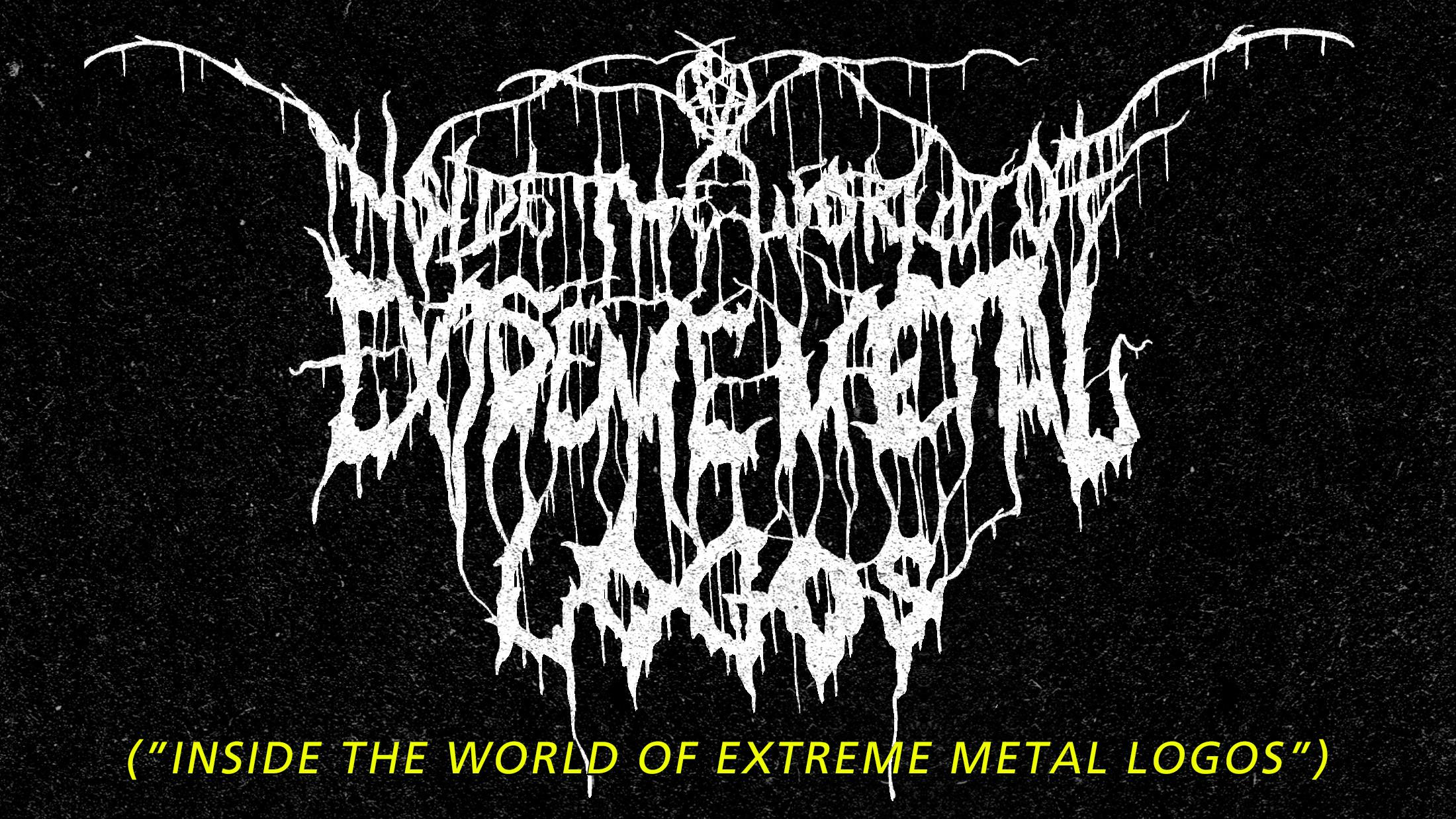Emperor’s famous, influential logo was
designed by Christophe Szpajdel, a
Belgian artist now living in Exeter. Christophe has designed over 6,000 logos
over the years, earning himself the nickname 'Lord of the Logos'. Working from
his home studio, he designs logos for bands all over the world.
“I started back in the early ’80s,” he says.
“I was fascinated from the beginning with logos from different bands – not only
metal bands but also rock bands. An effective logo has to have a visual impact,
where even if you’ve only seen it once, you remember it. Even if it’s a font.
AC/DC, KISS, Iron Maiden, Venom. I love the Venom logo, it’s one of the ones
that inspired me. Metal was definitely something that shaped me artistically. A
band that shook my heart was Protector, from Germany, especially their first
album, Misanthropy. I heard them and realised, 'Wow, this is the thing I’ve
been looking for. I was fascinated by logos of bands like Possessed, Sabbat,
Grim Reaper, Helloween and Armored Saint.'”
Christophe designed logos for fanzines and
compilations before his big break in 1994, designing the iconic ‘evil eye’ logo
for Emperor. He’s still one of the most
sought-after artists in the field.
